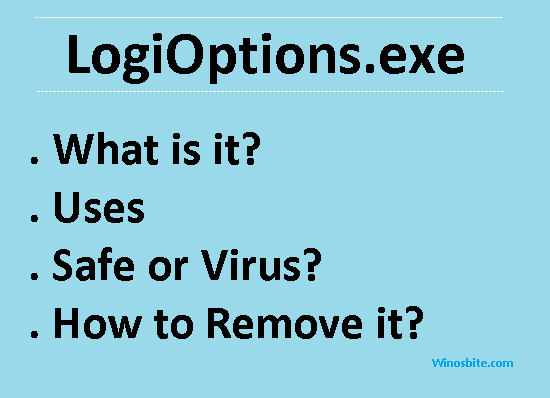dmclient.exe file belongs to the Windows OS that is located under the C:\Windows\System32\ folder. It is not a virus or malware and is used for Feedback purposes. The full name of the dmclient.exe process is Microsoft Feedback SIUF Deployment Manager Client.
Quick Overivew
File Size and Location
An original Dmclient.exe file will be always located under C:\Windows\System32\sometimesw under C:\Windows\WinSxS\ directory in Windows 10. The file size of DmClient.exe is about 117 KB.
Here is some general information about the dmclient.exe file:
| File name: | dmclient.exe |
| File description: | Microsoft Feedback SIUF Deployment Manager Client |
| File type: | Application |
| File version: | 10.0.18362.1 |
| Copyright: | Microsoft Corporation |
| File size: | 117 KB |
| File location: | C:\Windows\System32\ |
However, the size may vary depending on the version available on your system.

What is dmclient.exe and its uses?
Dmclient.exe runs on the Windows system automatically on booting but it won’t be visible in the task manager. It is a part of the dynamic link library, containing a set of executable files with a sequence of instructions for the OS. Microsoft Office Access 2010 relies on these files for its startup and regular operation.
Is it safe or a virus?
Generally, Dmclient.exe is considered a safe file. Furthermore, if the file location of Dmclient.exe is located anywhere other than C:\Windows\System32\ directory then could be malware or a virus.
You can verify the mentioned path using Task Manager as well –
- Open ‘Task Manager’ on Windows 10 by pressing Ctrl+Shift+Esc.
- Go to the Details tab, find the process name from the list, right-click on it and select ‘Properties.’
- If the file location is other than its default location then it is a Virus.
Here is the how an original dmclient.exe files looks like:

Moreover, if the file size is above 1/2 MB then it should affirm its maliciousness.
In case the functionality of dmclient.exe is disrupting the removal process, you can enable Safe Mode with Networking before booting. It is a secure environment that disables most startup processes and loads the OS’s critical services and drivers only. While in Safe Mode, you can run your security program to complete system analysis and remove all detected malware.
Can I remove DmClient.exe?
It is not recommended to remove any system file located under the System32 folder. Deleting DmClient.exe may affect the functioning of other applications, like Microsoft Office Access 2010.
But, you can remove the dmclient.exe if it is a virus using security applications like antivirus or malware removal software. It helps with the diagnosis of suspicious files and their subsequent deletion.
If you have recently installed any unwanted or untrusted application on your system then you should remove it using the below steps:
- Press the Windows logo on your keyboard, type Control Panel and click on it
- Now click on Uninstall a Program
- Locate recently installed software, right-click and choose Uninstall.
Once done then restart your system and run a full system scan to make sure that there is not malware or virus laying down on your system.
Here is how to fix error 25004: The product key you entered cannot be used on this computer.
Common Errors for dmclient.exe
Being a system file, usually, dmclient.exe doesn’t show any error message. But being an executable file, it may happen anytime:
- During the installation of a software
- Execution of any associate program
- During booting or shutdown of Windows
It is essential to note when and where the error occurs for seamless troubleshooting.
The standard dmclient.exe errors are –
- Dmclient.exe Application Error
- Dmclient.exe failed to load
- Dmclient.exe is not running
- Dmclient.exe not found
How to fix dmclient.exe?
It is a wise practice to regularly create backups and recovery points to restore your PC’s state if an error occurs. Here are some ways to fix any common .exe errors you may encounter –
- Perform full system scans.
- Clean up the hard disk for unwanted and unused programs
- Monitor startup activity with MSConfig
- Enable automatic Windows update
Windows 10 also provides a Resource Monitor for users to analyze processes that may be causing trouble. You can access it by typing ‘resmon‘ after clicking Win + R from your keyboard.
Other similar files:

